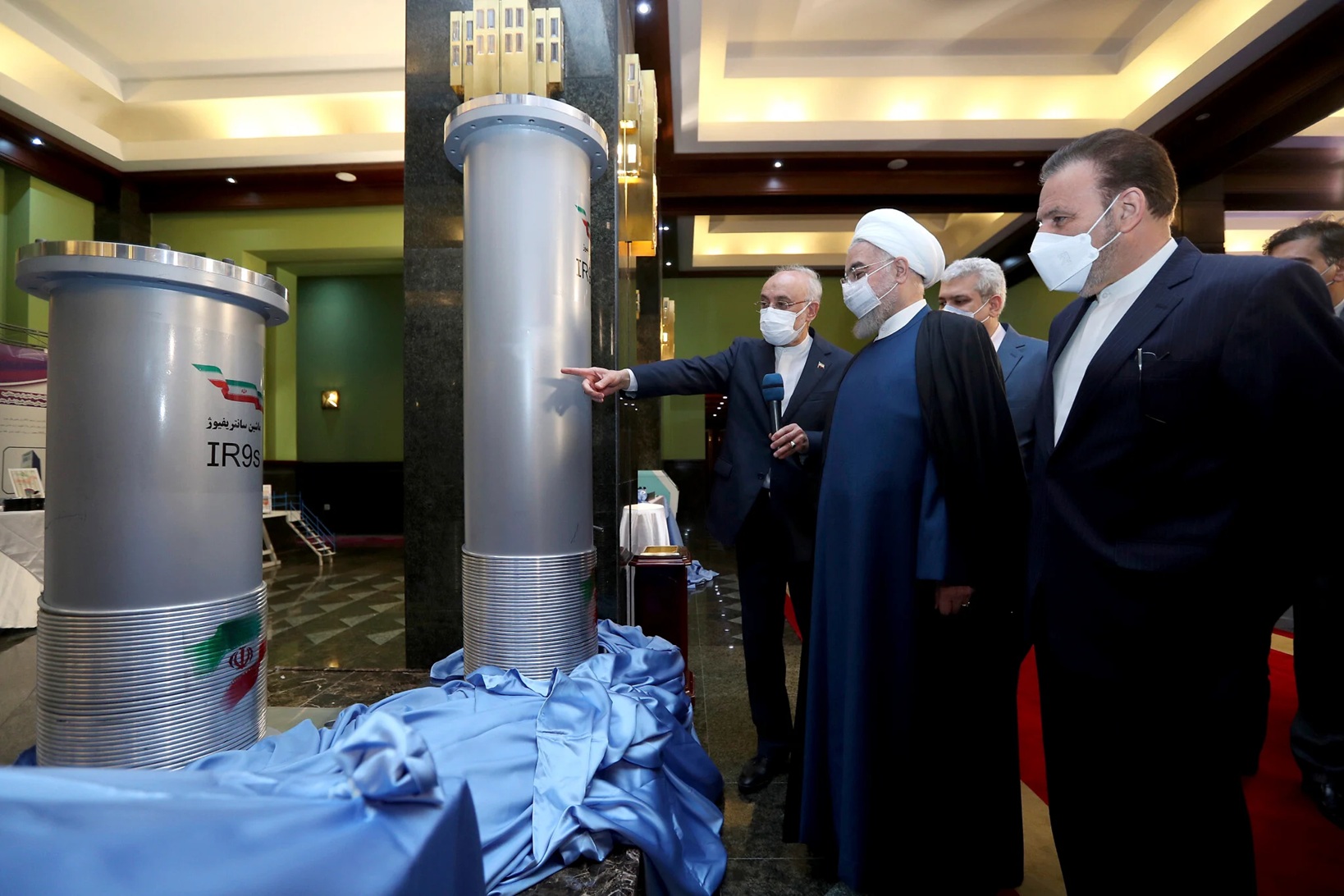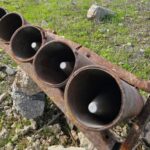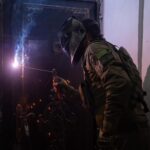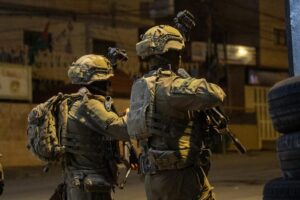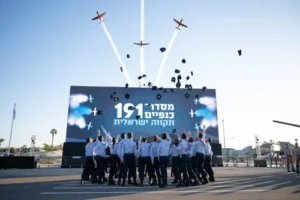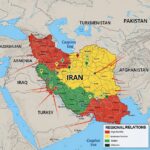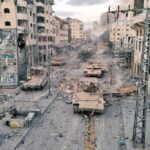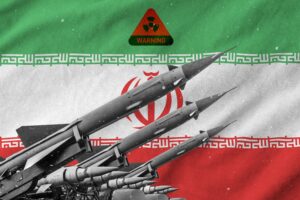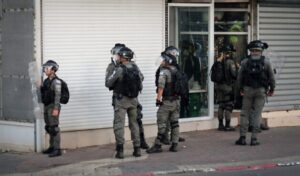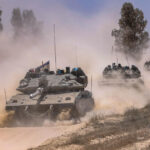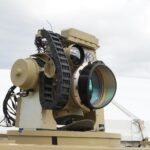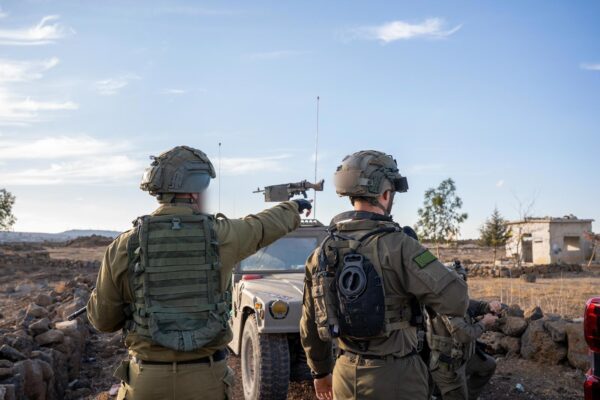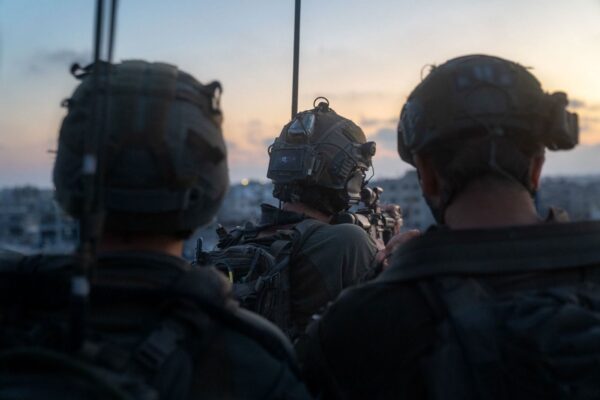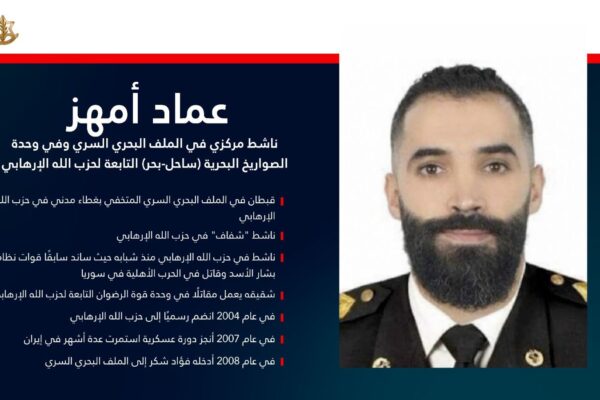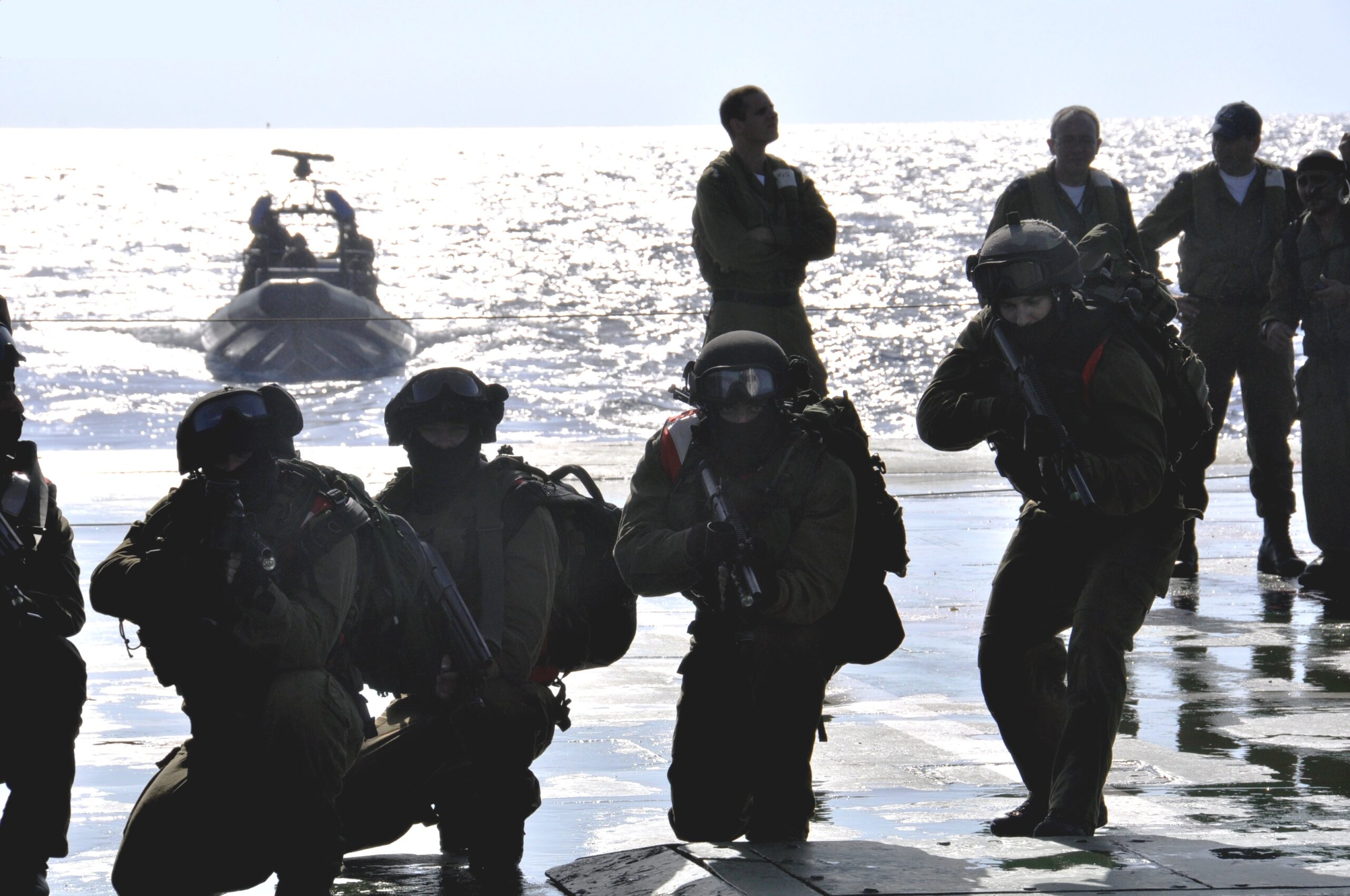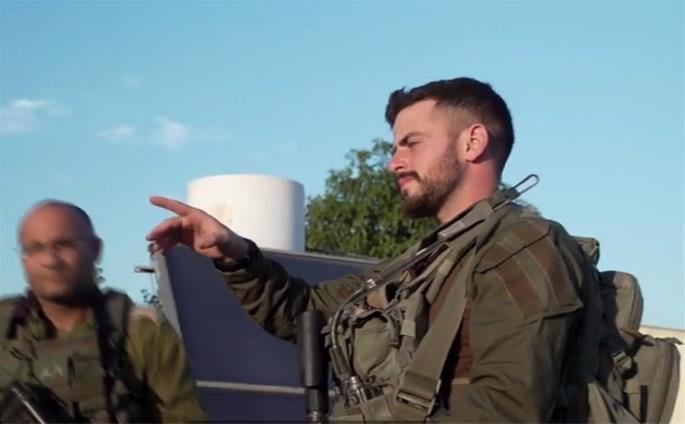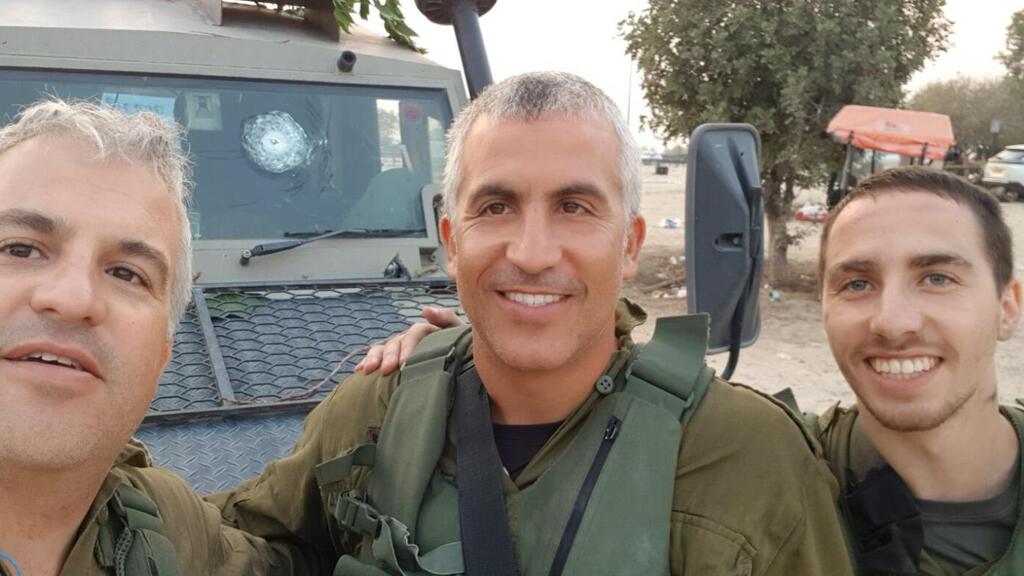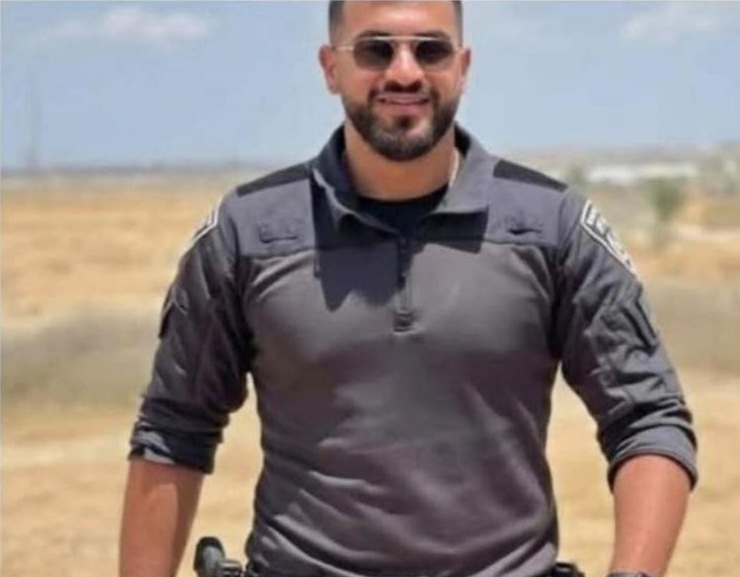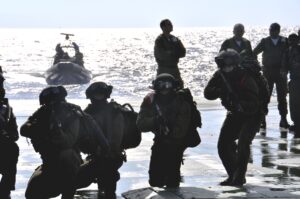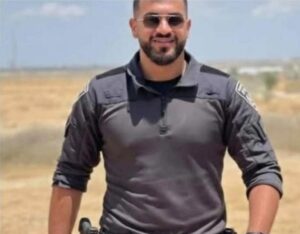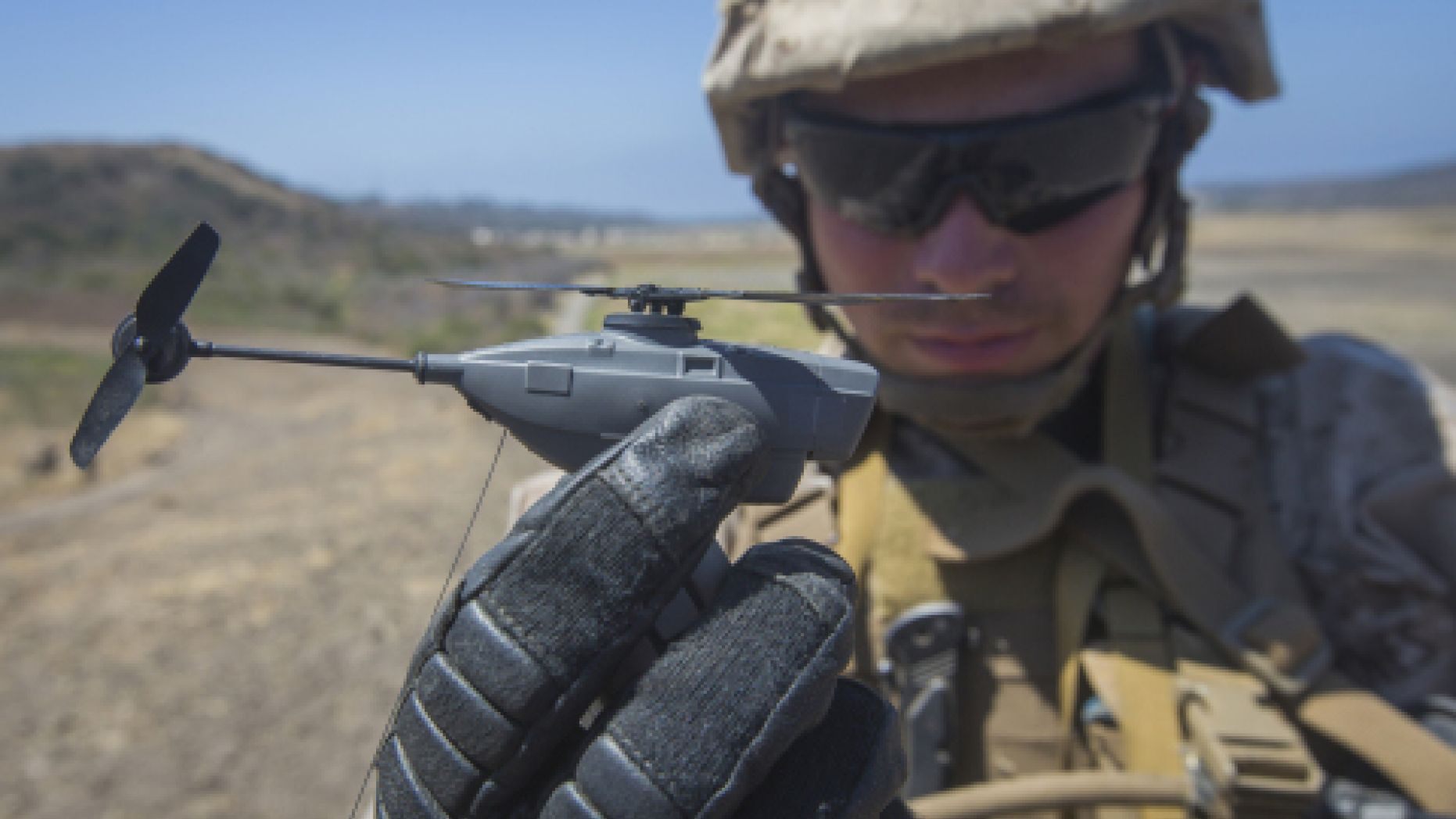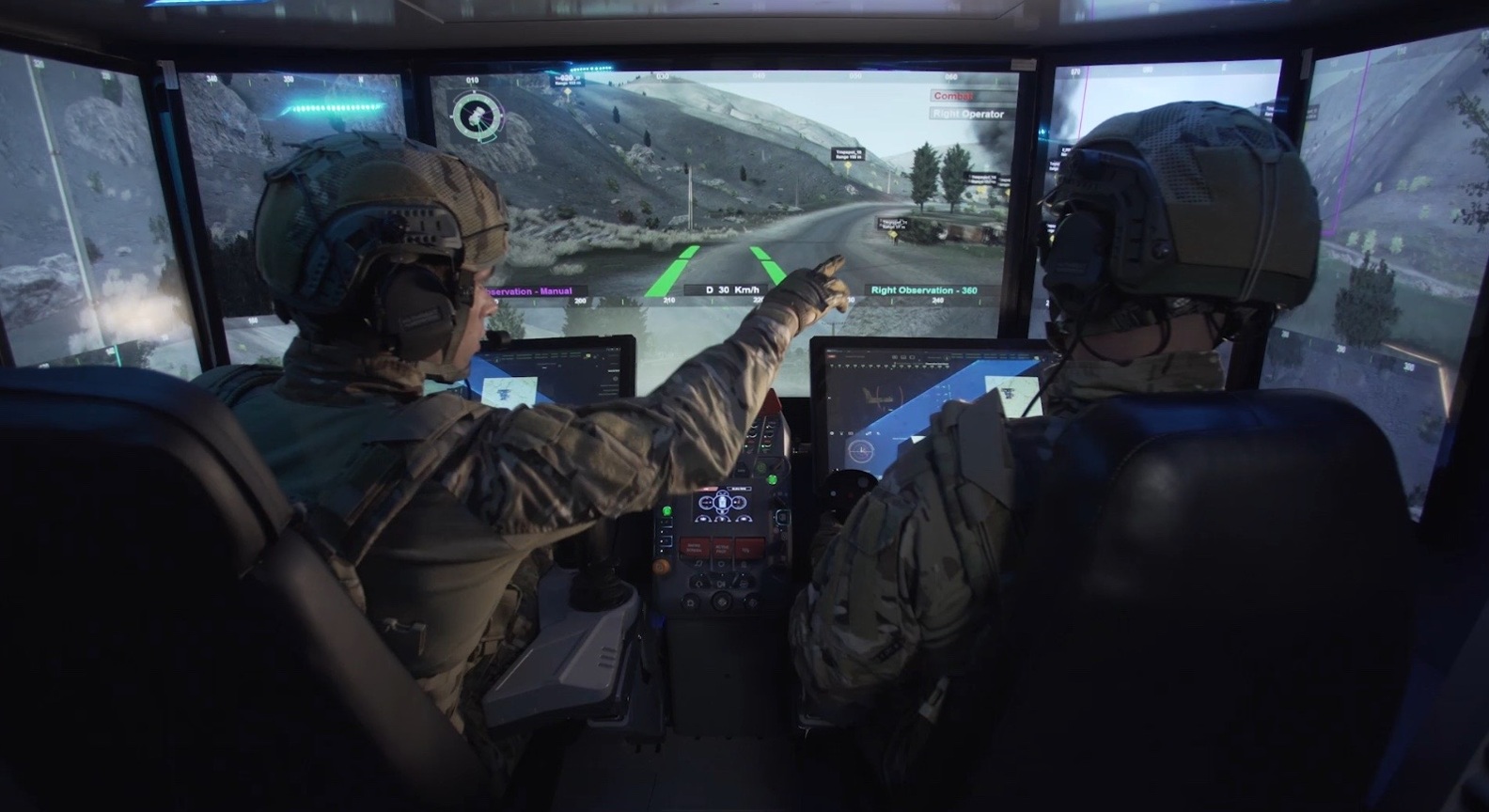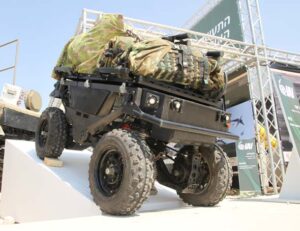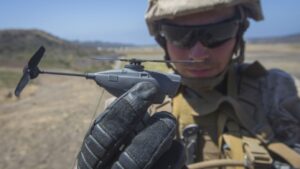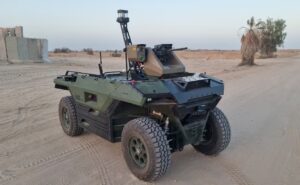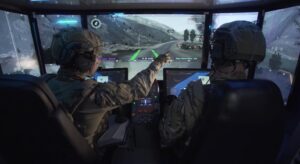The program is wounded, but not necessarily dead.
By Hezy Laing
Since the ceasefire in the Iran–Israel war two days ago, speculation has swirled around the fate of Iran’s nuclear weapons program.
Has it been fully dismantled—or merely delayed? While experts broadly agree that Iran’s capabilities have taken a hit, there’s deep disagreement over just how decisive the blow was.
Israeli and U.S. officials argue the airstrikes dealt a devastating setback. According to their assessments, strikes on facilities like Natanz, Fordow, Isfahan, and Arak—combined with the assassination of key nuclear scientists—have pushed Iran’s program back by years.
Israeli Prime Minister Benjamin Netanyahu said the nuclear threat had been eliminated.
But the U.S. Defense Intelligence Agency (DIA) sees it differently.
Its initial assessment concludes the strikes delayed the program by only a few months.
Intelligence suggests some of Iran’s centrifuges survived and that enriched uranium may have been moved prior to the attacks.
Rafael Grossi, Director General of the International Atomic Energy Agency (IAEA), added a note of caution, calling for independent inspections to verify the actual damage.
He also noted that Iran’s refusal to cooperate with inspectors has made verification difficult—and that much of the uranium stockpile might remain intact.
According to Dr. Sima Shine, a nuclear expert and former head of research at Mossad, Iran’s capabilities run deeper than known facilities.
She claims the regime has hidden sites housing “hundreds if not thousands” of advanced centrifuges, and that enriched uranium was likely relocated before the strikes.
“They cannot do anything now, tomorrow, but in the future, they have all the capabilities,” she told The Telegraph.
Other analysts remain cautiously optimistic. Matthew Kroenig, a nuclear strategist and Vice President at the Atlantic Council, called the strikes a “decisive” move that ended one of America’s most serious foreign policy threats.
Still, voices like Emily Harding, Director of the Intelligence, National Security, and Technology Program at the Center for Strategic and International Studies, emphasize the need for transparency.
She insists Washington should demand immediate access to Iran’s nuclear sites—and be prepared to strike again if Iran resumes enrichment activities.
So, has the threat been neutralized? Not entirely. The program is wounded, but not necessarily dead. The coming months will hinge on inspections, Iranian intent, and the international community’s resolve to respond if the threat reemerges.


